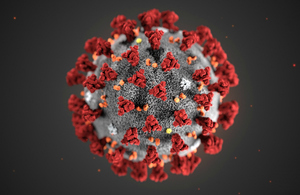Researchers have said there is “no strong evidence” that high Covid infection rates fell during the first 10 days of the latest lockdown.
Although there has been a slowdown in the number of lab-confirmed cases reported by the government, Imperial College London scientists say their own data is more accurate because it tests people routinely, as opposed to picking up infections after people have developed symptoms and gone through the process of getting a test.
Prevalence from 6 to 15 January was highest in London, with 1 in 36 people infected – more than double compared to the previous REACT report in early December. Infections had also more than doubled in the South East, East of England and West Midlands compared to the previous REACT report in early December.
The North West saw an increase, while There was a decrease in Yorkshire and The Humber, and it was stable in the East Midlands and North East.
The survey also confirms that key workers are more likely to test positive compared to other workers,while
“Large household size, living in a deprived neighbourhood, and areas with higher numbers of black and Asian ethnicity individuals were associated with increased prevalence,”
Professor Paul Elliott, the director of the Imperial program, says: “Our data are showing worrying suggestions of a recent uptick in infections which we will continue to monitor closely. To prevent our already stretched health system from becoming overwhelmed infections must be brought down.”







